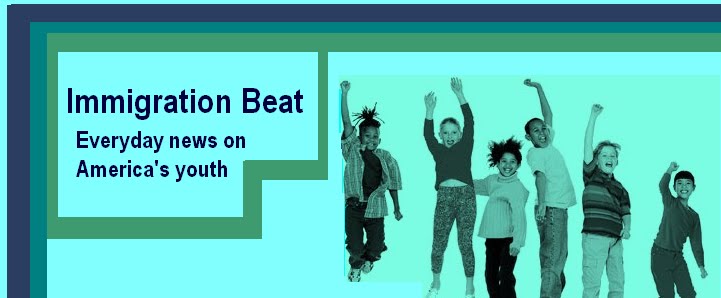 While often living only miles (or blocks) away from each other, the children of Rhode Island's Cambodian, Dominican and Portuguese immigrants are living in very different worlds.
While often living only miles (or blocks) away from each other, the children of Rhode Island's Cambodian, Dominican and Portuguese immigrants are living in very different worlds.Immigrant Stories (published this Summer, Oxford Press) takes a multileveled approach to modeling the academic pathways (and the contexts influencing these pathways) of these elementary-aged children.
They find strikingly different immigration histories, family and school situations as well as differences in how these children are relating to their parents native culture (e.g. do they watch media in their parents native language?) and how they conceptualize the role of their own ethnic identity (e.g. is being a student or being Dominican more important to who they are?).
More interestingly they find that these contexts and attitudes play out in very different ways in terms of their effect on the elementary school success of these kids.

While high levels of ethnic pride and desire to be with co-ethnic peers contributed to positive outcomes for Cambodian youth, for Dominican children wanting to be with peers outside of their ethnic group, a preference for English and lower ethnic identity centrality was associated with more positive outcomes.
These results are worthy of much future speculation; a central question being: Why does identification and active participation in a parent's native culture prove a source of academic support for one child while proving an obstacle for another?










